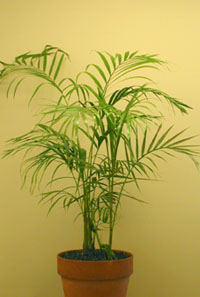
A insustentabilidade da nossa civilização vê-se nas crises económicas e sociais, uma espécie inteligente não consegue montar um sistema social que produz prosperidade e tranquilidade para todos!
Ou nos desastres ambientais como o que ocorreu no Golfo do México ou o que ocorreu recentemente na Húngria. As quantidades de tóxicos libertadas foram imensas em ambos os casos, e mostra como ambas as indústrias poderiam ser especificamente substítuidas; a de extração do alumínio por reciclagem do alumínio que vai para o lixo todos os dias e é 100% reciclável. A do petróleo pelas energias renováveis.
Não são só desastres tóxicos, ou mudanças climáticas, é também, por exemplo a poluição nuclear. Existem tantas centrais nucleares em todo o mundo. O risco de um acidente existe, e têm acontecido, e as consequências são sempre dramáticas.
Não se trata de "modas ambientalistas".
A nossa civilização não pode continuar a caminhar a este ritmo galopante em nome do progresso e tecnologia, quando criámos um impacto tão destrutivo no planeta.
Depois é uma civilização que também se verga nos braços da natureza (apesar de achar que possui o planeta) aquando de uma erupção vulcânica, na face das mudanças climáticas, ou destes desastres ecológicos.
A nossa humildade deveria começar com o reconhecimento que o meio ambiente e é a nossa casa. Deveria ser nossa intenção, adoptar um estilo de vida que seja mais amigo da Terra e cuide de todos, seres humanos sem excepção, animais e plantas, e meio ambiente.
No próximo dia 10 de Outubro de 2010, ocorrerá a campanha mundial pela redução de 10% das emissões de carbono a cada ano, começando em 2010. A campanha por si só é um bom primeiro passo. Apoia, cria ou junta-te a iniciativas!
Participa! Vê as iniciativas na tua zona em http://www.350.org/
Ou também em http://www.1010global.org/



























